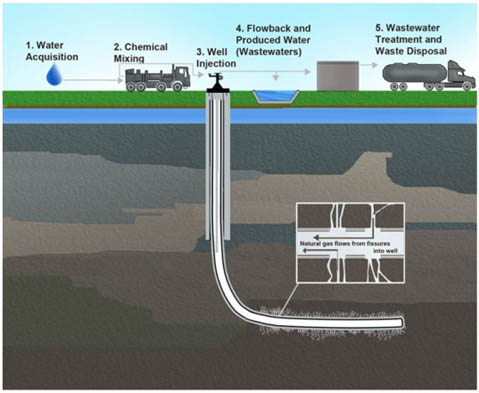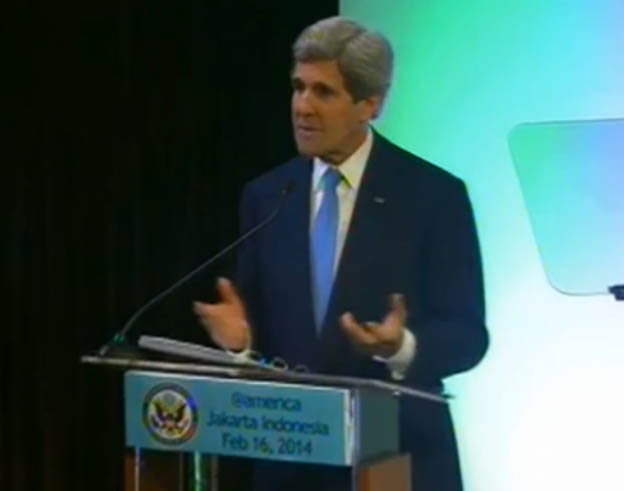Consider this my atonement for not making it to the anti-Keystone XL pipeline protest in Washington this past Sunday. My self-serving defense was a conveniently scheduled family get together. (And how often are family events conveniently scheduled?) My admiration and thanks go to the 40,000 or so who braved the biting cold.
Excuses aside, I was there in mind if not body. The pipeline and the tar sands production it would help enable are just a thoroughly bad idea. They make no sense from any perspective, except perhaps for the few people (and I guess corporations now get included in that category) who would profit from them. Many have written about this, but I think a summarized categorical break down is worthwhile.
Energy
Like all post-peak fossil fuels, the tar sands have a diminishing EROEI or Energy Return On Energy Invested. In other words, as fuels become scarcer, it takes increasing amounts of energy (and money, see below) to get energy out of them. EROEI is the after-the-fact problem discovered with ethanol from corn as a fuel; it takes a lot of energy to grow and convert the corn into ethanol.
The oil in the tar sands is in what’s called an “unconventional form.” It’s a very thick slurry, a tar, called bitumen. You may know bitumen as that pungent black stuff that’s heated and spread on roofs. Making usable oil out of the semi-solid tar is an energy intense process, rendering the resulting energy far less productive.
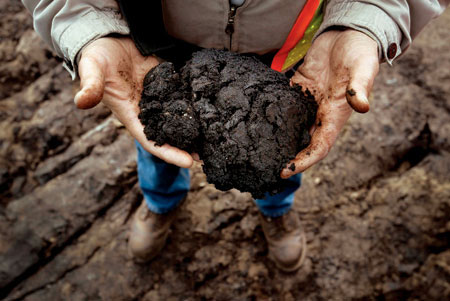
Bitumen from the Alberta tar sand before processing
Cost
Directly related to the above, energy from tar sands costs more than many other types of energy. Why then, you ask, is it financially attractive to business? The short answer is that the deck is stacked. The combination of perverse tax incentives (incentives, usually supported by special interests, which work against the public and/or government’s interest) and the market’s failure to include true costs create the illusion of cost competitiveness.
Independence
The common rationale here is the expanding tar sands oil production will reduce dependence on Middle East oil sources. But because US oil demand is already diminishing due to higher fuel efficiency standards and the recession, most of the tar sands oil will end up being exported.
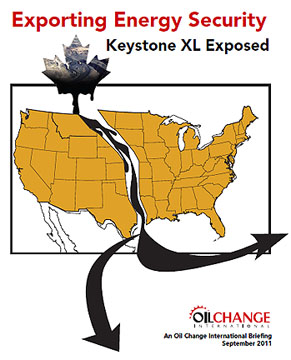
Environment
The Canadian tar sands are located under the Boreal forest, according to Treehugger “one of the largest intact ecosystems left on the planet.” The open pit mining process utterly obliterates any ecosystem that has the misfortune to have resided above it.
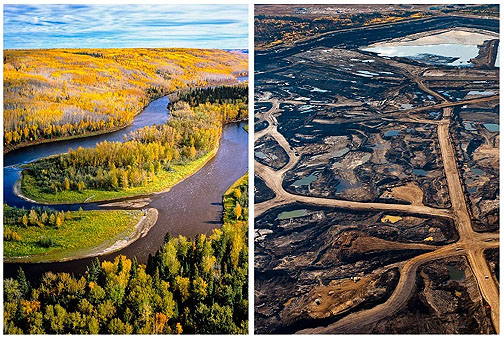
Boreal forest before; tar sands after. source
In addition to the energy required, it takes vast amounts of water to extract oil from tar sands, causing both water depletion and pollution.
Most damningly, the extraction process has “three times the global warming pollution of conventional crude production.” Releasing the carbon imbedded in the tar sands, accompanied by the burning of fuel to extract it, would push the CO2 levels in the atmosphere past the tipping point, constituting “game over” for the climate in the words of NASA’s James Hansen.
Canada’s tar sands, deposits of sand saturated with bitumen, contain twice the amount of carbon dioxide emitted by global oil use in our entire history. If we were to fully exploit this new oil source, and continue to burn our conventional oil, gas and coal supplies, concentrations of carbon dioxide in the atmosphere eventually would reach levels higher than in the Pliocene era, more than 2.5 million years ago, when sea level was at least 50 feet higher than it is now.
So even if oil from tar sands was truly economically viable – which it isn’t – it would be a huge and irreversible environmental mistake to use it.
Significance
An oft-used rationale for the pipeline is that Canada is going to utilize the tar sands regardless of whether the US allows building the means to transport it by pipe down to the Gulf of Mexico refineries. Perhaps, but there is no reason we should enable them to do so. And by no means all of Canada supports tar sands production; our sending such a message may encourage Canadian opposition.
Furthermore, KC Golden writes at Grist “It’s a statement of principle for climate action….It’s a moral referendum on our willingness to do the simplest thing we must do to avert catastrophic climate disruption: Stop making it worse.”
OK, so….
You may ask: where’s the EcoOptimism aspect here? Since all we get from tar sands oil is a delay in the upcoming end of oil age, accompanied by the potentially disastrous (in the truest sense of the word) increase in climate disruption, wouldn’t it make a helluva lot more sense to take the government and commercial investments and place them in energy efficiency and renewable forms of energy? (You know, the ones like solar and wind that both don’t run out and don’t screw up the climate we depend on.) The Return on Investment for these holds much higher promise, and that’s before we start to include the avoided costs of rising sea levels. It should, in short, be a no-brainer.
In fact, Joe Nocera wrote “this should be a no-brainer for the president” in today’s Times. Unfortunately, however, he was referring to supporting the pipeline, and the fact that he was unable to sway the “boneheaded” (his word) opinion of James Hansen in a conversation they just had.
I’d prefer to refrain from such descriptions, but if there is boneheadedness to be found, it is in Nocera’s contorted logic, which ranges from fatalist statements such as “Like it or not, fossil fuels are going to remain the world’s dominant energy source for the foreseeable future” to writing off the idea that a carbon fee could reduce greenhouse emissions by 30 percent within 10 years with a mere “well, maybe.”
Kind of makes you wonder about the meaning of “no-brainer.”
